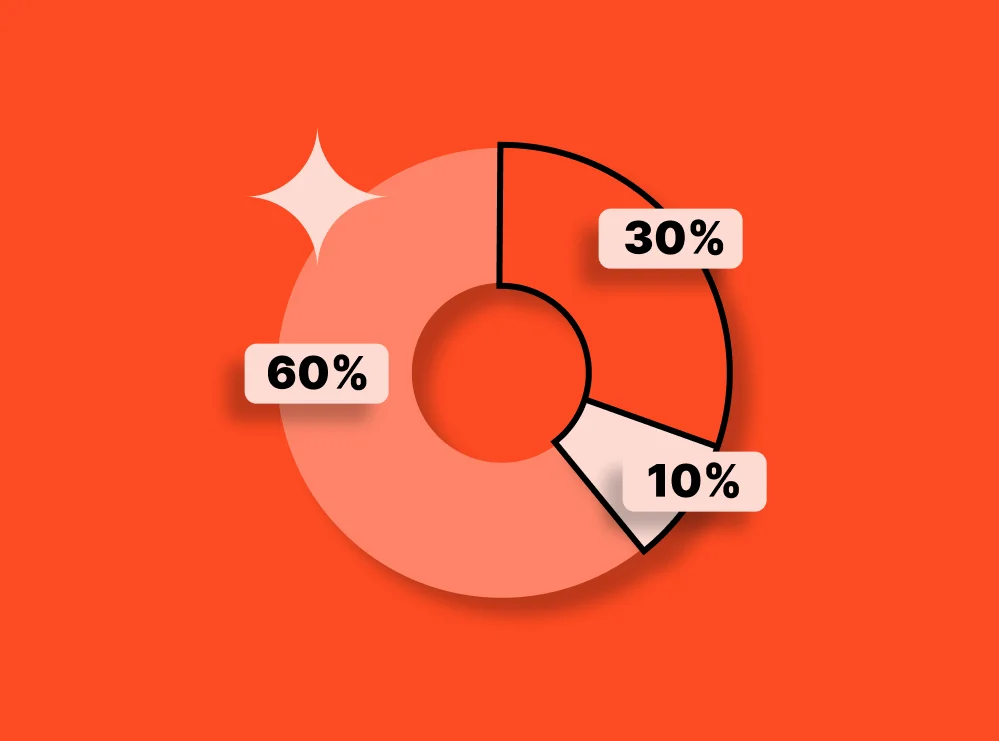Enhance UX Design for Telemedicine Platforms
By Spaceberry Studio 5 min reading Sep 8, 2025

In 2025, design is no longer just about buttons and colors. It’s a strategic tool for acquisition, retention, and monetization. Especially if you’re building an AI-first product, a multiplatform service, or a large-scale digital ecosystem.
But how much does it actually cost? How do you avoid overspending and disappointment? And why can the same number of screens cost $20k or $200k?
This guide will help you understand how pricing works today, what to expect in 2025, and how to plan a realistic budget that actually works.
TL;DR (if you don’t have time to read the full article)
- MVP design in 2025 – from $25,000
- Mid-size product – $60,000-150,000
- Enterprise or complex systems – from $150,000+
- AI and multiplatform = +20-30% to budget, but faster ROI
- Secret to saving money? Strong discovery, scalable design system, and value-first mindset
What drives the cost of product design in 2025?
It’s not magic. And it’s not about the number of screens. It’s a mix of strategic and executional factors:
The team
- Product designer – not just making “pretty screens”, but collaborating with business and tech teams.
- UX researcher – figures out what users actually need.
- UI designer – delivers that wow effect and style guide precision.
- Motion designer – adds emotion and clarity through micro-animations.
- AI designer or prompt architect – a must-have for AI-powered products in 2025.
🧠 Yes, seniors cost more – but they save weeks of work and thousands of dollars.
Discovery phase: optional or critical?
Short answer: critical.
In 2025, products are more complex. More platforms. More integrations. Without proper pre-design discovery, you risk spending money on the wrong thing.
At Spaceberry, we start with user interviews, competitor research, AI-assisted insights, journey mapping, and identifying real value. It’s not just “research” – it’s how you de-risk your product investment.
AI in design: faster ≠ cheaper
AI hasn’t made design cheaper – it’s made it smarter and faster. We use AI to:
- Run research faster – scraping Reddit, App Store reviews, forums.
- Generate interface variations – quickly explore directions.
- Power usability testing – simulate real users before real users.
The result:
- faster iterations
- more tested hypotheses
- fewer discarded designs
- higher ROI per design hour
Complexity = cost
Not the number of screens, but logic, user roles, integrations, and platforms. Common cost amplifiers:
- Generative AI features: chat, photo recognition, smart content
- Platforms: web + mobile + tablet + AR = multiplatform design
- Complex UX flows with 5+ user roles
- Legal compliance: GDPR / HIPAA
- Dark mode, theme customization
- Generative AI features: chat, photo recognition, smart content
Accessibility by default is the new normal
Inclusivity is no longer optional. It’s legal, ethical, and expected.
In 2025, products without a11y lose credibility – and contracts.
At Spaceberry, we design accessibility-first:
- Motion-safe for vestibular sensitivity
- Color contrast
- Keyboard navigation
- Screen reader support
Budget ranges in 2025
MVP / Simple AI-first apps
- $25,000 – $60,000
- ⏱ 1–2 months
- 📦 Includes: discovery, wireframes, UI, starter design system, interactive prototypes, dev handoff
Mid-market / Multiplatform products
- $60,000 – $150,000
⏱ 2–4 months
📦 Includes: AI-powered UX research, full design system, cross-platform consistency, dev collaboration
Enterprise platforms / Healthcare / Fintech / GovTech
- 💰 $150,000+
- ⏱ 4–6+ months
- 📦 Includes: multi-role UX, scalable design system with governance, compliance design, accessibility audits
How to avoid overspending?
First, budgeting based on the number of screens is a classic trap. It might feel logical, but it completely ignores complexity, user roles, and system logic. A simple login screen for a financial app is not the same as a dashboard for a healthcare platform.
Second, trying to ship everything at once is a sure way to lose clarity and momentum. When there’s no prioritization, the scope gets bloated, timelines stretch, and what actually gets delivered often lacks real impact.
Third – and probably most costly – is skipping the discovery phase. This means designing in the dark, without validating what users need, how they behave, or what the business actually requires to succeed. You end up redesigning later… and paying double.
These steps anticipate and enhance the patient experience to reduce Healthcare costs significantly. Through smart integration of technology, we can achieve a more accessible, efficient, and cost-effective healthcare system.
So, what do smart teams do instead?
They start by defining the real problem and measuring success. Not “we want an app,” but “we want to reduce user churn by day three.” They prioritize core flows that matter for the MVP – the smallest version of the product that delivers value.
Next, they choose the right platform strategy early – whether native, cross-platform, or PWA – and align design decisions accordingly.
They plan for iterations instead of chasing perfection. The goal isn’t to ship a flawless v1, but to learn fast and improve smart.
And importantly, they leave room for change. A 10–15% scope buffer helps account for shifting priorities, new insights, or regulatory needs — all inevitable in today’s product landscape.
Final thoughts
In 2025, product design isn’t just a line item on your budget. It’s a strategy that defines your product’s success – or failure.
The true cost of design isn’t $60k or $150k. It’s:
✅ how quickly you can launch,
✅ how long your product stays relevant,
✅ how effectively it converts users,
✅ and how easily it adapts as you grow.
That’s the value we deliver at Spaceberry — and we’re ready to do the same for you.


